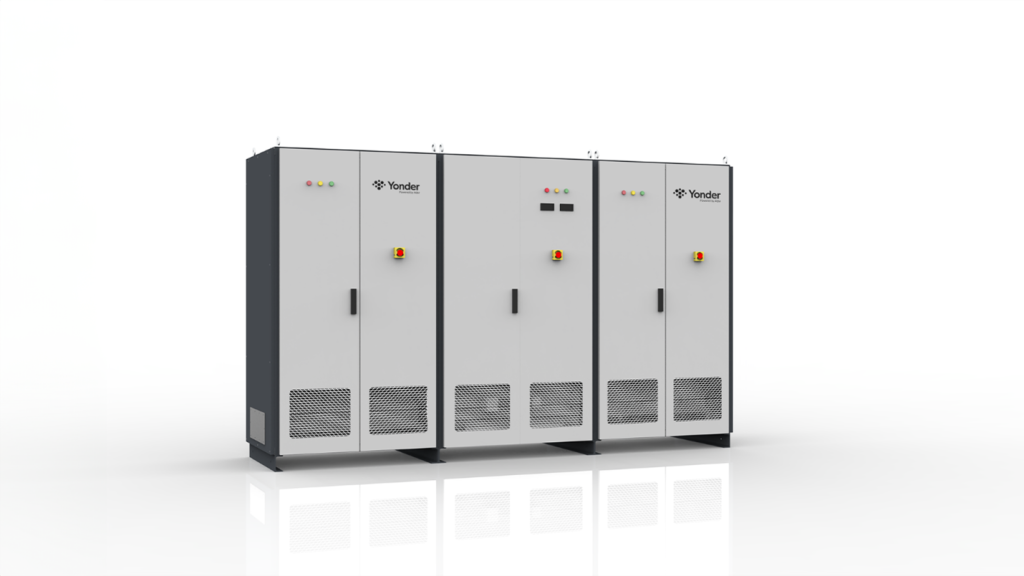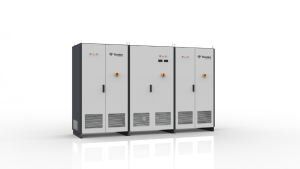Maintenance Tips for Extending the Life of Thyristor and Transformer Rectifiers
Thyristor and transformer rectifiers play vital roles in power conversion, ensuring efficient energy distribution in various applications. Proper maintenance is key to prolonging the lifespan of these critical components, enhancing performance, and preventing costly downtime.

Here are essential tips to keep thyristor and transformer rectifiers in top shape.
- Regular Inspections
Consistent visual and technical inspections are crucial for identifying early signs of wear in transformer and thyristor rectifiers. Check for overheating, physical damage, and any signs of discoloration, as these may indicate underlying issues. For transformer rectifiers, inspect the core and windings to ensure no degradation.
- Keep Components Clean
Dust and debris accumulation can lead to overheating and reduced efficiency. Ensure thyristor and transformer rectifiers are regularly cleaned and kept in an environment with minimal dust exposure. Use non-conductive brushes or compressed air to remove dust from components, but avoid excessive pressure that could damage delicate parts.
- Monitor Cooling Systems
Thyristor rectifiers are sensitive to high temperatures, so proper cooling is essential. Regularly check cooling fans, vents, and associated coolant systems to ensure they function optimally. Clean or replace filters as needed to prevent dust buildup that can obstruct airflow and lead to overheating.
- Check Electrical Connections
Loose connections can cause voltage fluctuations, impacting the performance and longevity of thyristor and transformer rectifiers. During maintenance, inspect all electrical connections, terminals, and wiring. Ensure they’re securely tightened, and look for any signs of corrosion or oxidation, which could lead to poor conductivity.
- Test Performance Regularly
Conduct periodic performance tests on thyristor and transformer rectifiers to assess voltage stability, current output, and overall functionality. Early detection of performance inconsistencies allows you to address issues before they cause significant damage or downtime.
- Avoid Overloading
Excessive loads can lead to rapid wear and potential failure of rectifiers. Monitor the load capacity to ensure that thyristor and transformer rectifiers aren’t operating beyond their rated limits. Consider implementing load management practices for applications with variable loads to avoid overburdening these components.
- Plan for Regular Component Replacements
Certain parts of thyristor rectifiers, such as capacitors and thyristors, may need regular replacement to maintain optimal performance. Similarly, transformer rectifiers may require periodic insulation and replacement of winding components to prevent failure. Implement a replacement schedule based on manufacturer recommendations and the equipment’s operating conditions.
In Essence
Following these maintenance practices can extend the life and reliability of thyristor and transformer rectifiers, ensuring consistent performance and reducing the risk of unexpected breakdowns. Regular inspections, cooling management, secure connections, and load monitoring are essential for maintaining the health of these critical components in any electrical setup.
Contact us at yonderh2@adorpower.com for more insights.
#ThyristorRectifier #TransformerRectifier #PowerElectronics #YonderHydrogen #MaintenanceTips #EnergySolutions





